How to scrub paint on laminate and other surfaces?

During the repair process, paint is found wherever possible, as a result of which cleaning takes no less time than the repair itself. We figure out how to wipe it off if it hits the surface.
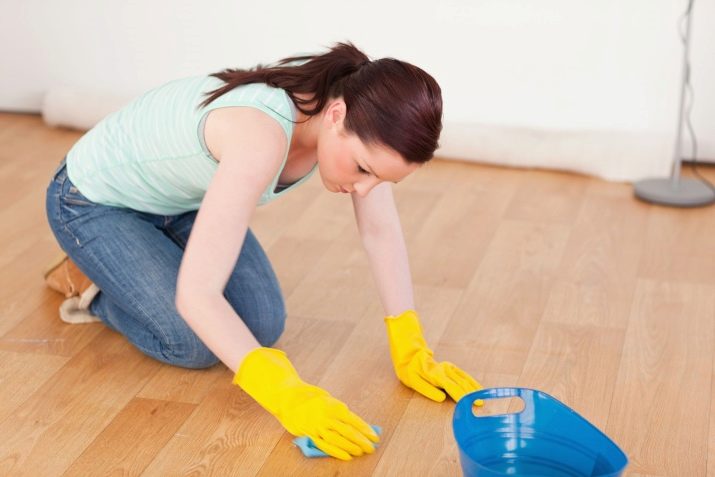
What kind of paint is there?
Before wiping off the stain, you need to find out what kind of substance was spilled. It is worth starting to eliminate it only after a tool has been selected that is suitable for this type of surface and type of paint and varnish material. Otherwise, you can not get rid of the stain, and damage clothes, furniture, various types of coatings. The whole variety of paintwork materials for interior work and facade finishing can be reduced to three groups:
- emulsion;
- alkyd;
- silicate.
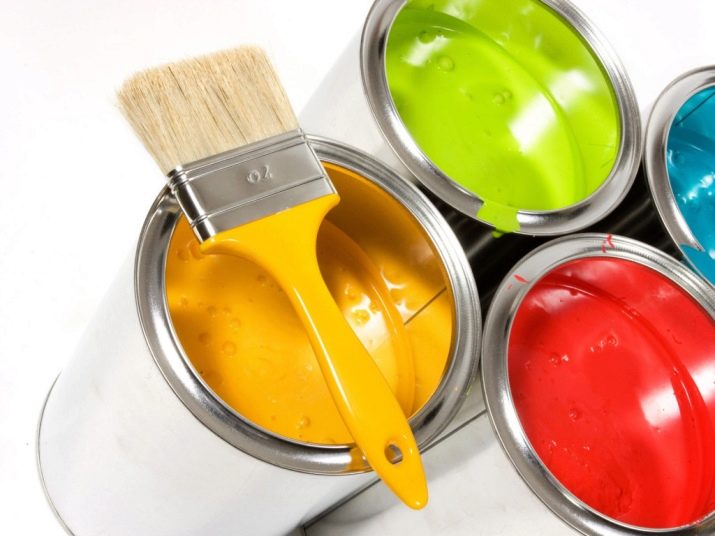
Emulsion paints are composed of colorants, water and a binder base. If not allowed to dry, they can be easily washed off with water from the floor, hands, rollers, brushes, trays. This group includes popular water-based paints, acrylic, silicone, polyvinyl acetate varieties. Silicate paints are based on liquid glass, they are mineral. They are diluted with water, used mainly on plastered surfaces.
Alkyd (facade) paints are made using alkyd resin. They can be used to paint wood and metal products, as well as plastered surfaces. This group is represented by oil and enamel paints produced on the basis of drying oil. They are characterized water resistance. In addition to alkyd enamels, there are also polyurethane analogs that create a glossy film that is more resistant to mechanical stress. Aerosol paints required for finishing work are produced in spray cans, from which it is convenient to apply a uniform layer.
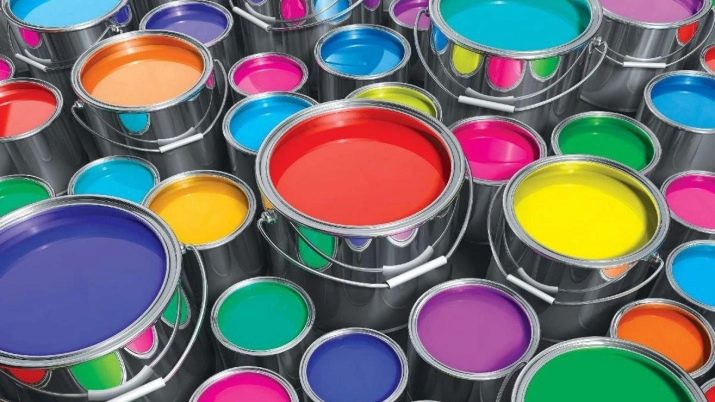
In addition to paintwork materials for interior and exterior decoration, there are also paints for creativity:
- Dense matte gouache dissolves easily in water. It is created on an adhesive basis.
- Watercolors are softer and more transparent than gouache. They also contain plant glue, which dissolves well with water.
Strictly speaking, only dried paint is a problem: fresh paint is quite easy to wipe off. If it has managed to soak and dry, you should be patient and know the properties of the surfaces from which the stain is to be removed.
After the repair, you need to wash and clean the many stains that have appeared in various places.
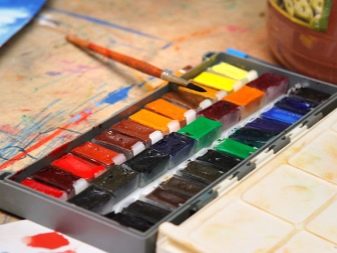

We select a product depending on the type of surface
With fabric
During the repair process, it is not uncommon for paint to get onto clothing. Acrylic paints are difficult to remove from fabrics. If they got on clothes, a tablecloth or curtains just recently, you can deal with them with the help of sunflower oil. After processing with oil, it is the turn of the laundry soap. The soapy thing is kept in hot water for a quarter of an hour, then washed in a machine.
Some fabrics can be cleaned with white spirit or Vanish stain remover, but the risk of spoiling the thing is high enough... If you can't remove the stain, you can always hide it behind the applique. Gouache, watercolor, water-based paint can be easily wiped off with laundry soap. Things must first be soaked in warm water for 15 minutes.

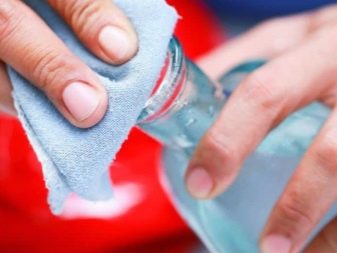
From linoleum and laminate
It is not difficult to wipe off the water-based paint from the floor covered with linoleum or laminate. If the stain is already dry, it will take longer. It must first be softened with a wet cloth.
The use of common solvents and abrasives on linoleum and laminate is strictly prohibited, there are special building solvents for them.
Vegetable oil is used to remove oil paint from linoleum. It will also help clean the plastic windowsill. Warm glycerin is used for the same purpose. Using solvent on plastic is fraught with matte stains.
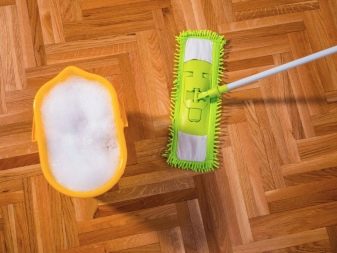
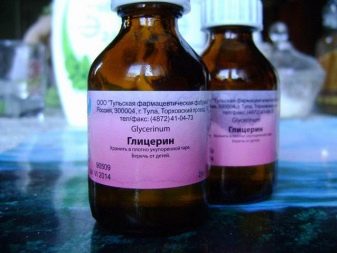
From wallpaper
A diluted solvent will help remove paint from the wallpaper. It must be applied directly to the dried drops, being careful not to get on the wallpaper. The chemical agent should not be rubbed in strongly: the delicate structure of the wallpaper will not withstand this. It is enough just to carry out with a cotton pad moistened in it or a rag over the stain.
It is almost impossible to remove dried paint; you will have to re-glue the stained areas or figure out how and how to mask them.

From the ceiling
Stretch ceiling stains are a serious problem. You can try washing acrylic paint with soapy water or dishwashing gel. Another way is to rub the stain hydrogen peroxide. If these budget funds did not help, you will have to go to the store for a special remover for this type of dye.
Water-based paint is pre-soaked well with warm water, and then very carefully washed with a rag. It is better to remove oil paint from the stretch ceiling using a special remover. Using any means at hand, it is easy to damage the delicate polyvinyl chloride.
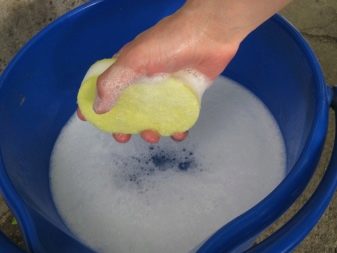
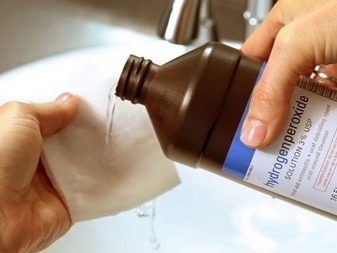
From plastic windows
It is not difficult to wash paint from plastic windows. Some of its types from glass can be simply scraped off with a plastic spatula. He is not afraid of any solvents. From folk remedies, ammonia diluted with water is appropriate here, as well as silicate stationery glue. The most harmless chemical agent for plastic is White Spirit.
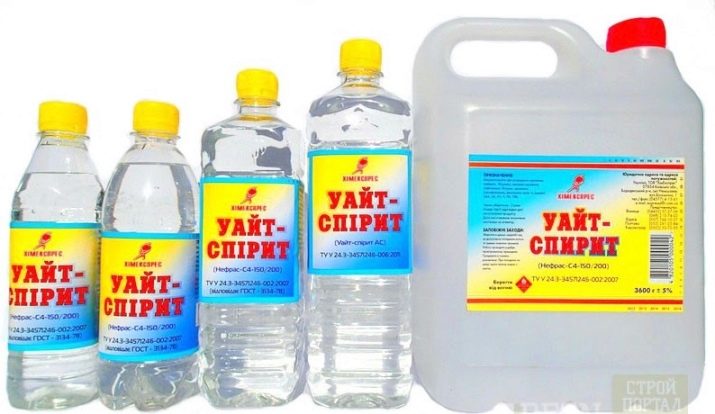
From wooden surfaces
It is difficult to remove absorbed paint (especially oil paint) from wooden frames and window sills.You can try to remedy the situation by using boiling linseed oil. A rag soaked in it should be put on the stain, and then try to wipe it off. If this method turns out to be ineffective, use a building hair dryer. After heating the paint until it starts to bubble, gently scrape it off the wood with a spatula.
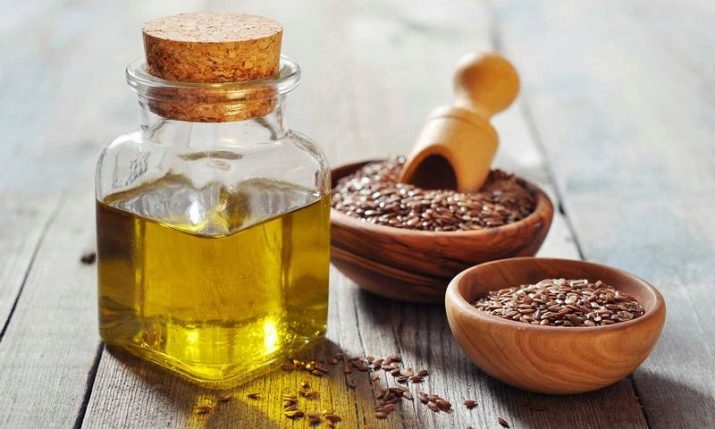
From tiles
Cleaning the tiles is also easy. The glossy surface does not allow paints and varnishes to penetrate inside, chemical solvents and washes are not afraid of it.
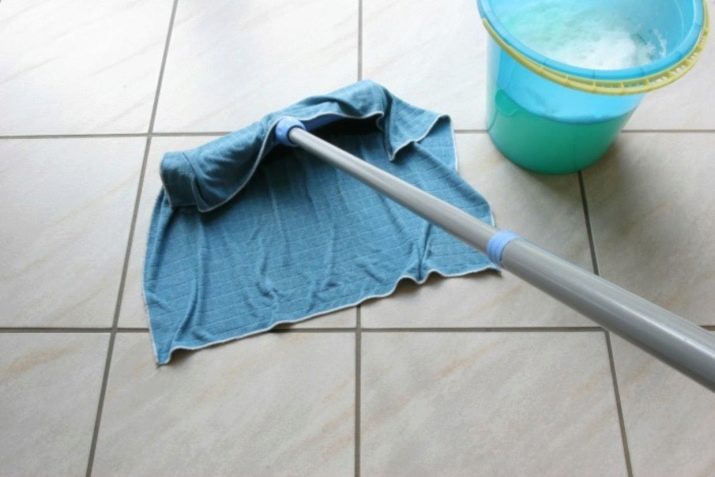
From bath and metal surfaces
It will also be necessary to remove the effects of painting from steel and cast-iron baths with popular solvents, including gasoline, acetone, white spirit, ammonia. It is better for owners of acrylic bathtubs to stock up on special washes. A plastic bath can be spoiled with acetone and other means that are usually used to dissolve paintwork materials. Spilled paint on iron will have to be removed with chemical removers or solvents.
Often, drops of hair dye get on the bath. To remove such a stain from an acrylic bathtub, just mix a few tablespoons of baking soda with any dishwashing detergent. Add a few drops of vinegar to the resulting paste, then apply it to the hardened paint. You can only rub the stain with a soft sponge. Another way to deal with paint stains is nail polish remover, which contains acetone.
However, you need to be careful when using it on acrylic. It is better to first assess its effect on an inconspicuous area.
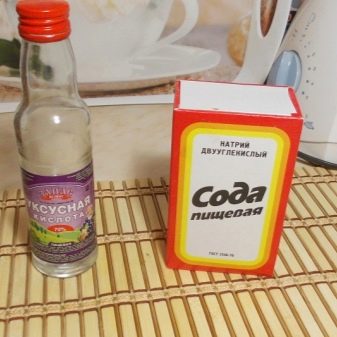
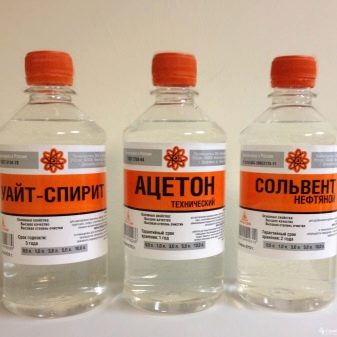
With leatherette
The paint that has dried on the leatherette will help remove a knife or plastic spatula. When scraping off clots, it is important not to damage the artificial skin. After the paint has peeled off, the area is washed with soapy water. To quickly and efficiently remove the dye residues, you can use a toothbrush. If these actions do not help, seek the help of a special product for removing stains from artificial skin.
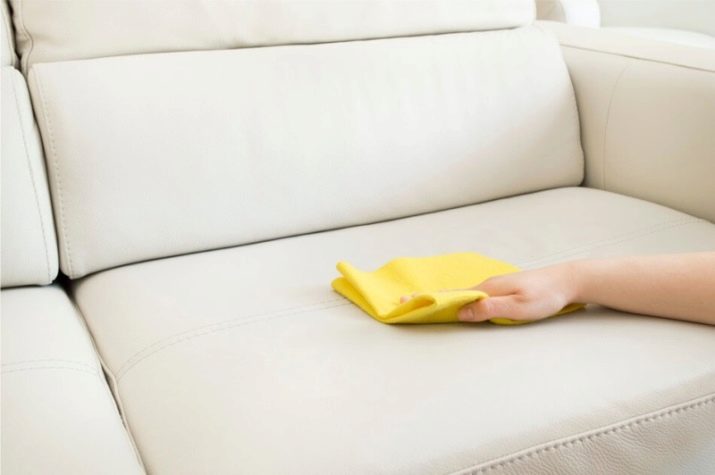
From carpets
Removing paints and varnishes from the carpet will take a long time. To remove sticky acrylic paint from the pile, it will take several steps:
- it is necessary to wet a rag in water to which the detergent has been added;
- moisten the contaminated area with acetone;
- it is important to apply a carpet cleaner for five minutes, brush the surface with a toothbrush;
- after that, it remains to collect the remains of the used components with a washing vacuum cleaner.
To wipe off an emulsion or latex paint, you need to moisten it with water, then treat it with a solution of water and dishwashing detergent. Do not press hard on the stain, otherwise the paint will be absorbed even more into the pile of the carpet and its base. At the end of cleaning, you need to collect the remains of pigment and liquid with a washing vacuum cleaner. To get rid of traces of oil paint, use a variety of solvents. The results of children's creativity are not as insidious as the consequences of repairs. Watercolors and gouache can be easily washed off with water and detergent.
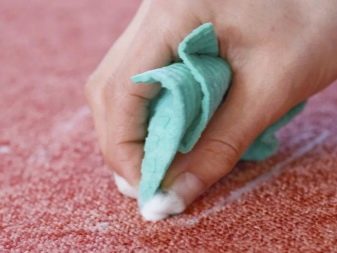
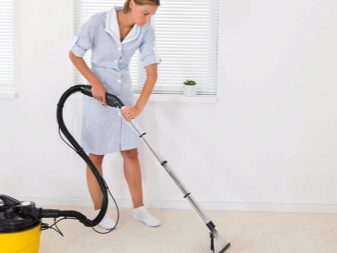
Oil
Oil paint is almost impossible to remove without the help of chemicals. It is necessary to moisten cotton wool in gasoline, white spirit, acetone or kerosene, apply it to the stain. Wipe it off after 10 minutes from the edges to the center. Remains of dyes and solvent must be washed off with running water, then washed. A greasy cream or vegetable oil will help to wipe the oil paint from leather shoes, which will soften the paintwork a little. After that, the stain is washed with a saturated soap solution.
After painting, a lot of stains remain on the floor. If acrylic paint has frozen on the laminate or linoleum, plastic or metal, it is quite easy to scrape it off with a clerical or ordinary knife. It washes well only if it has not had time to dry. It freezes very quickly, thanks to the film-former included in the composition.
The fresh layer can be washed off with warm water using a sponge or soft cloth.If water doesn't solve the problem, dishwashing gel or plain soap will work. If there is no risk of damage to the surface, you can use a brush. Soaked paint is removed acetone, gasoline, kerosene, white spiritalthough these substances are unsafe for many types of materials.
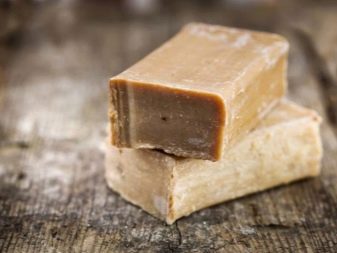

Washes
Building supplies stores sell special washes. Suitable universal products and those intended for acrylic dyes. It is better to work with these potent substances with gloves, a mask (respirator) and glasses, since they have a very pungent, unpleasant odor. Rinse takes about 15 minutes to remove the stain, then rinse the area thoroughly.
There are recipes for making washes at home. A solution of caustic soda has proven itself quite well. If you need to get a thick product that will not drain from vertical surfaces, add oatmeal to it.
It will take at least an hour to soften the paint with it.
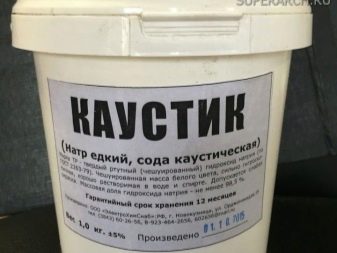
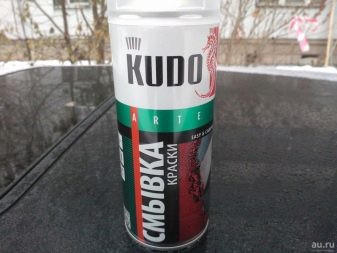
Advice
The most effective remedy for stains is to keep them out. Otherwise, a lot of time and effort will be spent, and the result may be very far from ideal. The sooner work begins to remove paint, the more chances you have to remove it completely.without damaging the surface.
It is important not to allow the paint to dry on tools (brushes, trays, spray gun), otherwise you will have to say goodbye to them or soak them for a very long time in acetone, and then wash them thoroughly.
When choosing a method and means for removing a stain, it is necessary to take into account the type of paint and the characteristics of the material on which it came into contact. Any chemical should be tested in a small area where possible damage will not be conspicuous. Using the mechanical method of removing paintwork materials, you must act with extreme caution. It is important not to damage the surface to be cleaned.
If you work without glasses, sharp pieces of paint can injure your eyes. Some washes are fire hazardous and should not be used in close proximity to sources of fire.
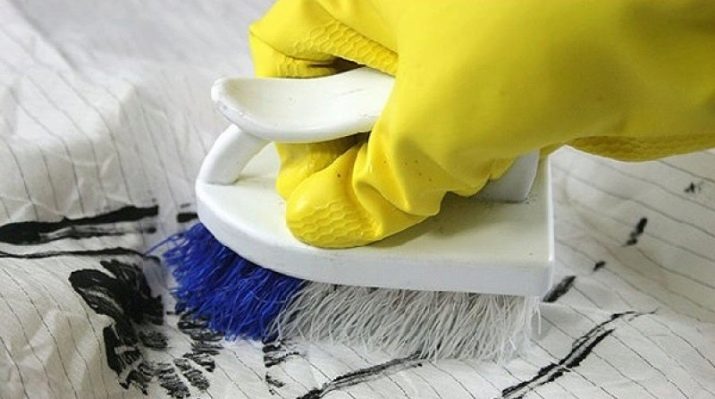
For information on how to remove paint stains, see the next video.








